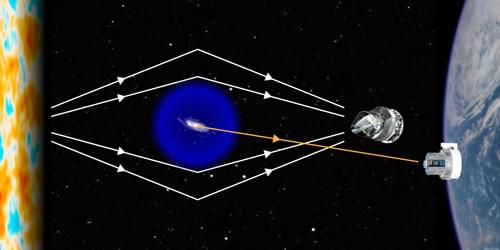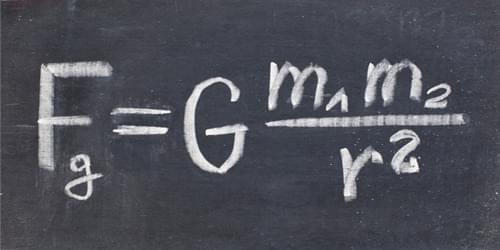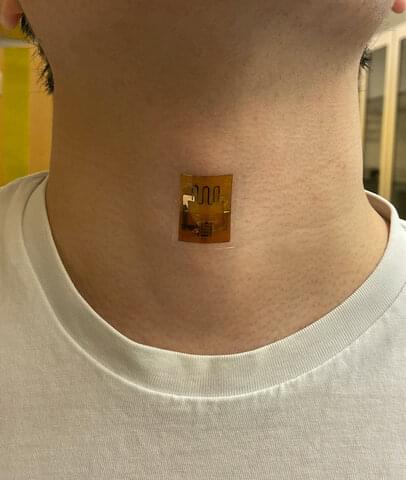Gravitational lensing of the cosmic microwave background has been used to probe the distribution of dark matter around some of the earliest galaxies in the Universe.
Investigating the properties of galaxies is fundamental to uncovering the still-unknown nature of the dominant forms of mass and energy in the Universe: dark matter and dark energy. Dark matter resides in “halos” surrounding galaxies, and information on the evolution of this invisible substance can be obtained by examining galaxies over a wide range of cosmic time. But observing distant galaxies—those at high redshifts—poses a challenge for astronomers because these objects look very dim. Fortunately, there is another way to probe the dark matter around such galaxies: via the imprint it leaves on the pattern of cosmic microwave background (CMB) temperature fluctuations through gravitational lensing (Fig. 1).








